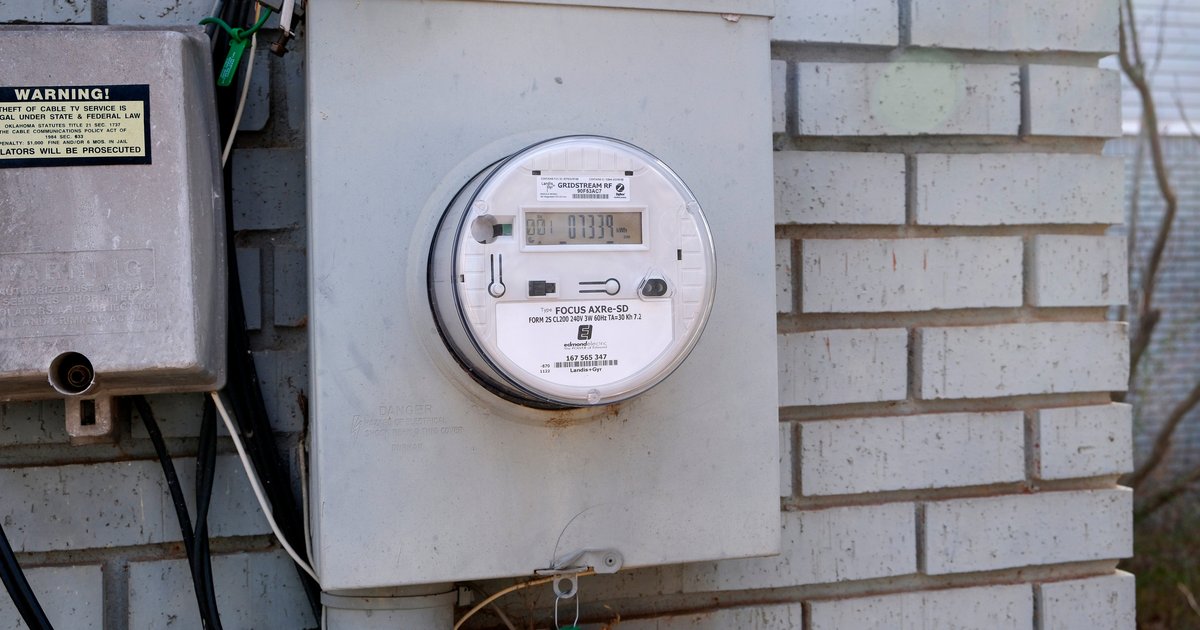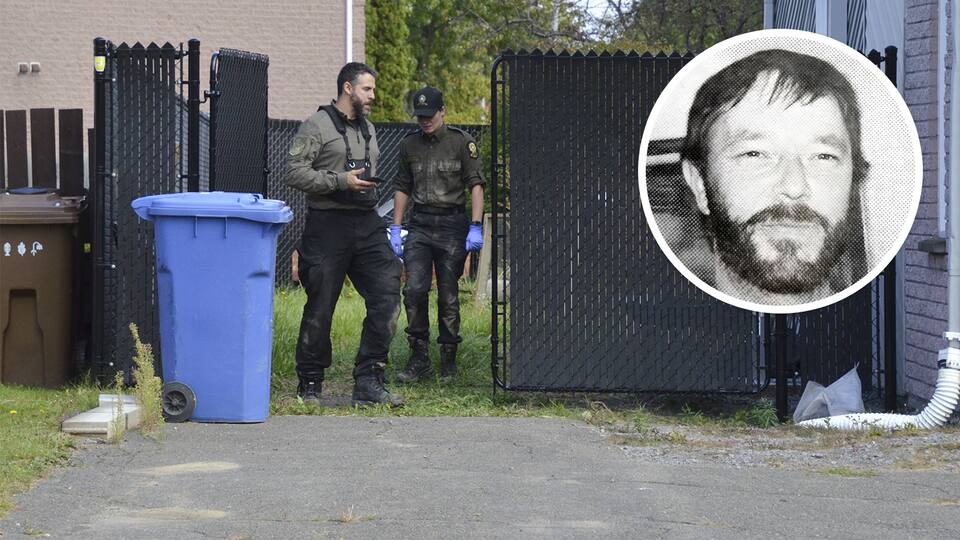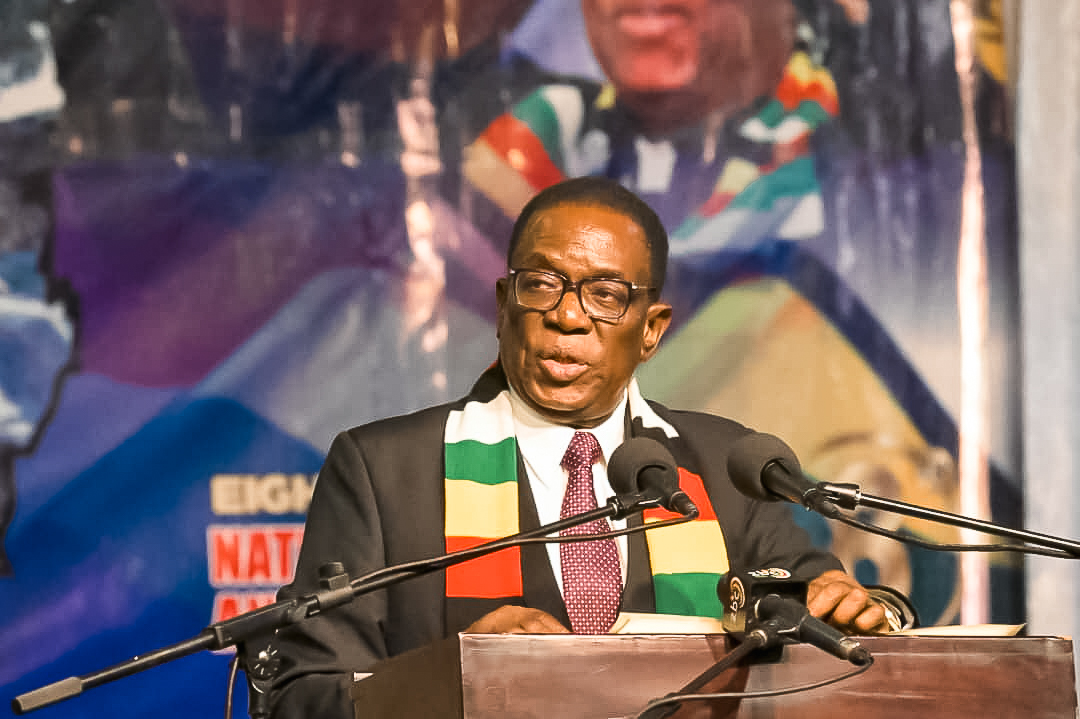Copyright phillyvoice

In 2013, when the Appalachian fracking rush was still in its early days, then President Barack Obama extolled its benefits in his State of the Union address. Not only had natural gas already helped to lower America's carbon emissions, it could protect Americans from the fluctuations of the global oil market, Obama said. And there was one more important benefit: "Nearly everyone's energy bill is lower because of it." This article originally appeared on Inside Climate News, a nonprofit, non-partisan news organization that covers climate, energy and the environment. Sign up for their newsletter here. Obama's words echoed fracking's champions in politics, business and government, who boasted that natural gas would save Americans money—perhaps nowhere more fervently than in Pennsylvania, the epicenter of the boom. "Having that kind of a resource and that kind of production of energy right in our own backyard does help to keep the price of natural gas down for customers and the price of electricity down too," the former chairman of the Pennsylvania Public Utility Commission, Terry Fitzpatrick, told television viewers in 2011. "So it's very important to the people of Pennsylvania." But the savings Obama and others touted were short-lived for many Pennsylvanians, followed by punishing increases that are on track to balloon even further as forecasts for demand skyrocket in the age of AI. The result is a growing energy affordability crisis, a nightmare collision of higher utility bills, climate change and shrinking federal aid. SIGN UP HERE to get PhillyVoice's free newsletters delivered to your inbox After state Republicans fielded "distressed calls from Pennsylvanians asking for an inquiry into rising energy prices," the Pennsylvania House Republican Policy Committee held a hearing in 2023 to learn more about the reasons for a "dramatic increase in energy costs for residents and businesses." "With our immense resources, and our status as a net-energy exporter, one would think the People of PA would receive lower energy prices," the committee wrote. "But this is not the case." David Callahan, then the president of the Marcellus Shale Coalition, an industry trade group for companies fracking in the Marcellus formation, said natural gas was "a solution to poverty" that is "most beneficial to lower income individuals and communities of color." He testified that the state Department of Environmental Protection was to blame for rising prices because permitting delays held up fracking projects. That argument didn't address a fundamental contradiction: If Pennsylvania is producing so much more gas, why are prices going up? Why aren't its residents benefiting more from the resource beneath their feet? Impossible Choices Natural gas production in Pennsylvania more than doubled between 2013 and 2024, and consumption rose faster than in any other state. The rise in natural gas consumption in Pennsylvania has largely been driven by electricity as coal power plants went offline. Now close to 60 percent of the state's electricity comes from gas, far above the national average. Pennsylvania is awash in excess power, sending more electricity outside its borders than any other state and exporting, domestically and internationally, three-quarters of the gas it produces. These shifts have not translated to lower costs for Pennsylvanians. Comparing average household electricity prices from 2010 to 2024, residents here haven't fared better than consumers in many states with little or no natural gas production. After a period of stability, Pennsylvania electricity rates have soared since 2020. The average household electricity bill in the state has risen 31 percent in that time, according to the Energy Information Administration, faster than the national average by six percentage points. Some of the highest increases in Pennsylvania are in the southwest, the heart of fracking country, where residents often live in close proximity to wells and bear the heaviest health and environmental burdens caused by drilling. Gas industry advocates say increases in the past few years are blips due to price shocks from the Ukraine war and other factors that affected the global economy, not a reason to question Pennsylvania's resource decisions. But the long-term record is more difficult to defend. A review of federal electricity data since 2005—a year selected because it preceded the development of the Marcellus, the shale gas deposit under Pennsylvania—shows that the period when abundant gas contributed to stable electricity costs didn't last long. The state's household electricity prices were the 14th highest in the country in 2005. In 2024, they were also 14th. Pennsylvania's prices were above the national average in 2005 and remain so now. Gas costs aren't the only driver. Utilities spent significantly more on wires and other grid infrastructure that were little noticed when fuel costs were flat. Still, the state's dependence on a single energy source is a significant part of the story. "More and more people cannot afford to keep energy on," said Elizabeth Marx, the executive director at the Pennsylvania Utility Law Project, a legal advocacy group that assists people with their bills. When people can't keep up with their utility bills, they try to make do with less electricity, she said, which often has serious consequences for their health. "In the wintertime, I'm usually not turning on the heat because I don't want the electric bill to go up," said Amber Gale, a resident of Clearfield County in central Pennsylvania. "We unfortunately don't have any air conditioning. We can't afford to get it, but we do have some fans." She tries to avoid turning the fans on in the summer, even as the temperature soars. In all seasons, she constantly watches how much electricity she uses, trying to avoid spikes in her bills. The Pennsylvania Gas Discount For almost 20 years, the gas industry sold fracking to Pennsylvanians as a revolutionary economic engine that would bring jobs, infrastructure investment, energy security, tax revenue for local governments—and lower energy bills. "Abundant natural gas in the Marcellus not only means lower heating bills for families and small businesses, but lower electricity rates as well, as they are tied to prices for natural gas," a 2011 fact sheet from the Marcellus Shale Coalition said. In the early 2010s, the industry paid for economic studies carried out by researchers at Penn State University that estimated that Pennsylvanians had already saved millions of dollars in energy bills because of fracking, $27.7 million on electricity alone. "Electricity prices for all Pennsylvanians are down nearly 40 percent since the onset of the shale gas revolution, thanks to the increased use of natural gas for electric generation," David Spigelmyer, then the coalition's president, wrote in 2016. In 2017, the University of Pennsylvania released a study reflecting on more than 10 years of shale gas development. As things stood then, the fracking revolution had delivered a "clear win for consumers" in Pennsylvania, said Christina Simeone, the researcher who authored the study and now works for the National Renewable Energy Laboratory. Simeone's study showed a "Pennsylvania Gas Discount" from fracking that lowered gas and electricity commodity prices, though residential consumers were still paying more than national averages. From 2007 t0 2016, consumers in the state experienced fewer service terminations and less energy debt. But Simeone warned that the discount could disappear, especially as companies exported more gas out of state. "It is also important to understand that erosion of the PA Gas Discount has the potential to also increase electric power prices," she wrote. Her prediction was prescient. Earlier in the fracking boom, lack of pipeline infrastructure meant that the gas was essentially stranded in the state, sold at lower prices than would be available elsewhere. Today, with additional infrastructure in place, the local cost benefit has been undercut by the state's role as a major supplier to much of the country and abroad. This is a boon for companies that produce gas, but it does little for the state's consumers. "Pennsylvanians are competing for their own gas with other countries that are willing to pay a lot of money for it," said Marx, with the Pennsylvania Utility Law Project. "There's no requirement, like, 'You shall provide this amount of gas to the people whose backyards it's pumped out of,' right? If you have people willing to pay more to ship it out of state, as long as the infrastructure exists to ship it out of state, you're going to ship it out of state." Because Pennsylvania's electricity grid is now so reliant on natural gas, when gas prices spike, utility bills go up, too. More service disconnections follow. Marx said there is a "direct line" between rising gas prices and more people losing access to heating and cooling in their homes. These factors are magnified as the country enters a period in which electricity demand is rising to serve the growth of data centers and AI. Rising demand for electricity contributes to rising prices for gas, which is Pennsylvania's and the country's leading fuel for power plants. "People Are Struggling" Before Elizabeth Marx specialized in utility law, she was an attorney at the Pennsylvania Coalition Against Domestic Violence. In that role, she handled a case where custody was transferred to an abusive parent because the other parent had lost electricity service. "The judge thought it was safer for that child to be with the batterer than it was to be in a home without electricity," she said. That case gave her insight into the unexpected ways that energy precarity can unravel lives, compromising safety, housing, health, education and stability. Marx's work is deeply personal for her. When she was a child, she and her mother and siblings escaped from domestic violence, leading to a period of upheaval. After leaving a shelter, the family lived in a 19th century farmhouse with nearly original windows and extremely high costs for heating. "It's not an academic exercise for me," she said. "I lived poverty." She and her family experienced energy insecurity, though it didn't have a name then. Today, she's increasingly alarmed by the situation in her home state. She has a bird's-eye view via the Pennsylvania Utility Law Project's emergency hotline for people seeking help with their utility bills. These days, the calls are coming from across the state, Marx said. "You'd find energy insecurity everywhere you go. There's certainly high concentrations in Philadelphia, and increasingly high concentrations in Pittsburgh. But we've got clients in Saltsburg, Pennsylvania, and Erie, Pennsylvania, and everywhere in between," Marx said. That's why promising Pennsylvanians lower energy prices was a winning political strategy in the 2024 election: "It resonates with people, because there's not a single person that's going to tell you their energy prices haven't gone up." Between 2006 and 2025, western Pennsylvania's Duquesne Light Co. and West Penn Power, and Penelec in northern and central Pennsylvania all increased rates more than 110 percent, according to an annual rate survey from the Pennsylvania Public Utility Commission that started in 2006. Met-Ed, in the southeast, increased rates 95 percent. These increases far outpaced the rate of inflation in this period. (The percentages are based on comparisons of the total electricity bill for households using 500 kilowatt-hours per month.) "In my office, we see so many people, young people living in their first apartments, seniors who are on fixed incomes, parents with really hungry kids who are holding their breath when they get their electric bill every month, because it could be a big shock," state Rep. Mandy Steele, a Democrat representing an area just north of Pittsburgh, said during a virtual discussion in April about rising electricity costs. Jessica Shirley, secretary of Pennsylvania's Department of Environmental Protection, shared her own experience in that meeting of opening a bill in the dead of the prior winter. "I was like, 'We're just gonna be cold, guys.'" For Amber Gale, who moved from Pittsburgh to Clearfield County in 2020, increases have meant shortchanging her budget for food and clothing and going without heat whenever possible. "When we first moved, our average electric bill was anywhere from $50 to $60. Now, this past winter, it was about $120 to $170," she said. She still can't figure out why the bill for her small apartment, which uses electric heat, is so high. Gale has experienced what it's like to survive without electricity at home: walking to the library to charge her phone, going to the laundromat to wash clothes, relying on friends or family for other essential needs. She fears that increasing utility bills will land her in the same situation again. "Not being able to afford anything, having our electricity turned off right now, getting sick and dying from the heat: That's what I'm really worried about," said Gale, who has diabetes, one of many chronic conditions exacerbated by high temperatures. "I've never been able to handle the heat well, so it makes me really sick." There are no cooling centers close to where she lives and few options for public transportation. In Braddock, a steel town south of Pittsburgh, seniors on fixed incomes are struggling the most with utility bills, said Chardaé Jones, the former mayor of Braddock and a regional organizer for the Pennsylvania Policy Center. "There's only so far that they can stretch their budget," she said. "It's not like they're using more electricity. They're just getting charged more." Braddock is served by Duquesne Light. When intense storms tore through the Pittsburgh region in April, an example of extreme weather increasing as the climate changes, people in Braddock were left without power for days. Duquesne and other Pennsylvania utilities have increased investment in infrastructure updates, in part to contend with the climate-fueled storms that the state's natural-gas use contributes to, but data shows little or even no improvement in several indicators of grid reliability. As climate change fuels more frequent heat waves and extreme weather events, and prices are likely to keep rising, summers in Pennsylvania will be increasingly dangerous. "I'm worried about seniors. I'm worried about newborns. I'm worried about medically vulnerable households not being able to keep their homes at adequate temperatures in the summer," said Joline Price at Community Legal Services, a nonprofit that provides legal help to low-income Philadelphia residents. "The only thing we're going to see with increasing prices is increasing shut-off notices." She's watched the number of Philadelphia households needing help with their utility bills rise for the past five years. "The assistance that's available has been going down," added Price, a divisional supervising attorney specializing in energy. "People are struggling." Philadelphia's aging housing stock, higher levels of poverty, urban heat islands and warmer climate compared to the rest of the state mean that the city is particularly vulnerable. "I'm concerned about not being able to pay for my electric," said Carol Foy, a Philadelphian who tries to keep her usage down, a difficult task. Her husband needs electricity to power a medical machine for his heart, she said. Like Gale, she worries about what the future will bring. She's seen what can happen when someone is unable to get help with their utility bills. "I had a friend that passed away like 10 to 15 years ago, because she didn't want to turn on her heat. She froze to death because she was scared that she couldn't afford to pay her electric bill," Foy said. Cuts to federal funding that used to be a lifeline for people like Gale and Foy are making a bad situation worse. Earlier this year, the Trump administration laid off the entire staff overseeing the national Low Income Home Energy Assistance Program, which helps Americans with heating and cooling costs. The program provided aid to hundreds of thousands of Pennsylvanians every year, keeping families out of debt and their power and heat turned on. In Pennsylvania, the funding had also been used to pay for air conditioners for residents, one possible avenue of help for Gale now potentially closed off, though even before staff was cut, need far exceeded supply. The Trump administration has proposed eliminating funding for the energy assistance program entirely, though so far Congress has rejected this proposal. "There's no help," Gale said. "Anytime you try to get help or ask someone or call a government agency, they just tell you to call another one, and then they tell you to call another one." This article originally appeared on Inside Climate News, a nonprofit, non-partisan news organization that covers climate, energy and the environment. Sign up for their newsletter here.



